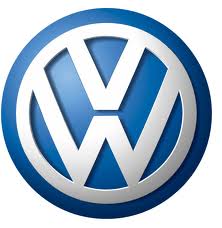Cabrio GL L4-2.0L (ABA) (2001)
/Page-248002.png)
-
Spare wheel and vehicle tools are stowed at correct locations
-
Fluid reservoir for windshield/headlight washer system full.
-
The tread depth on each axle should differ no more than 2 mm (0.079 inch).
-
Tires inflated to correct pressure
-
Vehicle aligned, suspension bounced and rocked several times
-
Suspension, steering and linkage checked for wear and damage.
-
Test equipment properly adjusted and attached to vehicle.
-
Do not check vehicle alignment before vehicle has completed (1000 to 2000 km (600 to 1200 miles), to allow coil springs to settle.
-
Sliding plates and turntables (alignment equip.) must not touch an end stop when checking wheel alignment.
-
Adhere to alignment manufactures instructions
-
Check and calibrate alignment equipment once a year.
-
Treat alignment equipment with care.
-
Maximum wheel run-out must be compensated. Otherwise test results will not be correct.
-
Correct toe-in adjustment is not possible without wheel run-out compensation.
Note:
Carefully follow alignment manufacturer's instructions.
-
Install brake pedal support.
-
Compensate for wheel run-out
-
Lower vehicle and bounce
Alignment, overview
Following work sequence must be followed
1-Adjust camber
2-Check rear axle camber. Camber is not adjustable.
3-Check toe at rear axle, adjust if necessary.
Vehicles with front wheel drive
Rear axle is not adjustable.
4-Check toe at front axle, adjust if necessary.
5-Verify vehicle suspension factory code.
Following applies to all suspension versions
-
Check vehicle trim height (zero position), if a measurement is out of tolerance, before adjusting refer below.
Vehicle trim height, Zero Position
If vehicle is out of specification check trim height (see illustration).
Example: a vehicle equipped with an automatic transmission could stand slightly lower to one side. This is normal due to installed position of
